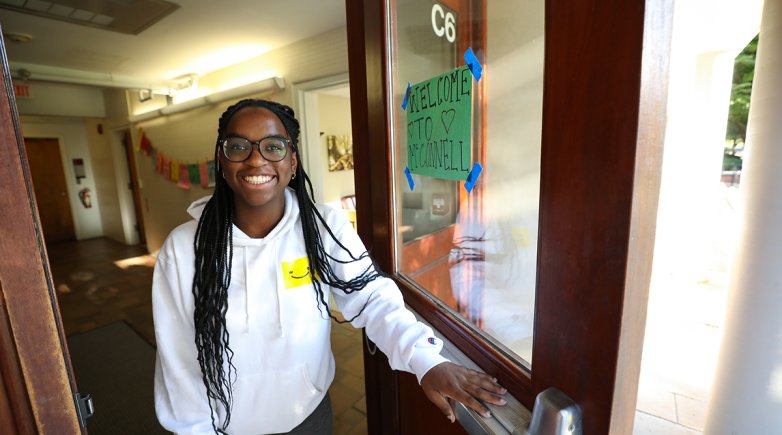Ishaan Vohra ’24

"This experience showed me computer science and physics are complementary, and combining them is a way to make amazing progress in the field.”
Like many tech-savvy Exeter students, Ishaan Vohra ’24 pursues personal projects outside of the school’s formal computer science curriculum.
Working last summer with physics faculty at the University of Liverpool in England, Vohra combined technology skills and his lifelong interest in physics to develop NuSmear, a computer simulation program that helps measure hard-to-detect subatomic particles called neutrinos. These particles are typically tracked in large accelerator experiments by shooting trillions of neutrinos into giant tanks of water or argon (called detectors); when the particles collide with atoms, the resulting showers are measured. By quantifying the “smearing,” or resolution, of the particles created by the atom-neutrino collisions, NuSmear mimics particle collisions and the way detectors respond.
Vohra presented his research at the 14th Conference on the Intersections of Particle and Nuclear Physics. “The knowledge I had in physics and computer science are related,” Vohra says, “but the challenge was piecing them together to create the simulation.” NuSmear is now available to neutrino physicists around the world through an international community of scientists called the GENIE collaboration. “I’d like to keep using computer science to do physics experiments,” he says. “This experience showed me computer science and physics are complementary, and combining them is a way to make amazing progress in the field.”
Editor's note: This article first appeared in the winter 2023 issue of The Exeter Bulletin.


